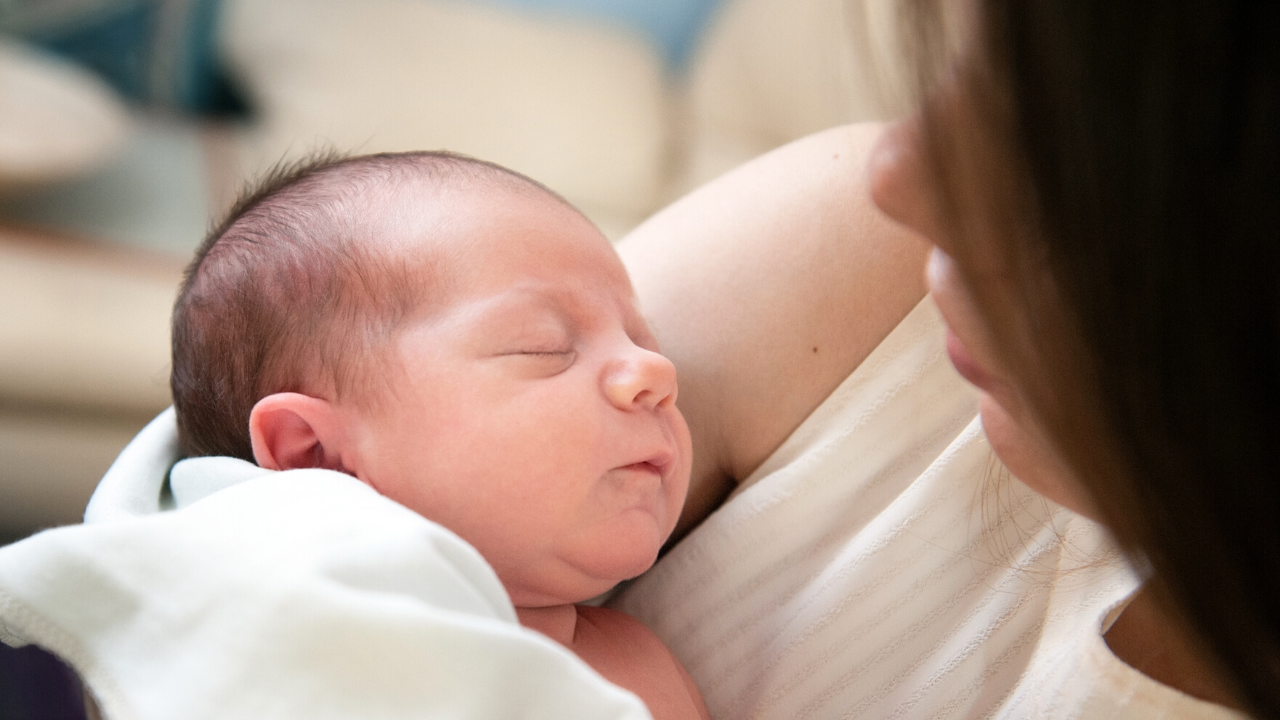That's My Sensory Baby!

“Do you have kids?” the parents of the children I worked with always asked me. I never really understood why that was relevant. I had years of experience working with children. The minute my first daughter was born, I finally understood.
PARENTHOOD CHANGES YOUR LIFE.
Now all of a sudden you have know the 5 S’s of soothing a baby, among all the other things that no one prepares you for. Sure your child doesn’t come with a manual, but don’t make the mistake I made by preparing for the pregnancy and the delivery instead of reading “Baby’s First Year.”
So what do the 5 S’s have to do with sensory? Wait, does one of the S’s stand for sensory? No, it doesn’t, but interestingly enough, they all have something to do with our senses.
Let’s break it down:
1 - Swaddle - This is the one where you wrap your baby up in a blanket nice and snug. - In the OT world, this is a form of proprioception. More on that big, long word later.
2 - Side/Stomach Position - These positions are suggested for calming a fussy baby, but not for sleeping. - A change in position affects the vestibular system.
3 - Shush - Shushing, the vacuum cleaner, and fans provide white noise that mimic the sounds in the womb. - These sounds impact our sense of hearing or our auditory system.
4 - Swing - Rocking and swinging or other small motions mimic the motions felt in the womb. - Here we have that sense of motion again…the vestibular system.
5 - Suck - Sucking on a pacifier, thumb, or nipple can be very calming for a fussy baby. - This last S provides multiple sensory functions including taste, texture (tactile), and proprioception from the movements of the jaw.
In occupational therapy, the term sensory integration is someone’s ability to process input from within our bodies and from the environment. Most people know about the 5 senses: taste, sight, touch, smell, and sound. Add two more called proprioceptive and vestibular senses.
Proprioception is our awareness of the position of our body in space. It is our ability to know that our arm is raised even with our eyes closed. Have you ever gotten to the bottom of a staircase and stepped really hard, because you thought there was one more step? Our proprioceptive sense normally allows us to climb/descend those stairs without looking.
Our vestibular sense provides information about movement and balance. The vestibular system provides that feeling we get when we go up/down the elevator. It is also closely associated with our eye movement.
We are ALL on a sensory spectrum, where we handle sensations within our bodies differently. I challenge all of you to identify your own sensory needs. As soon as you are able to do that, you will be able to identify the needs of your child.

